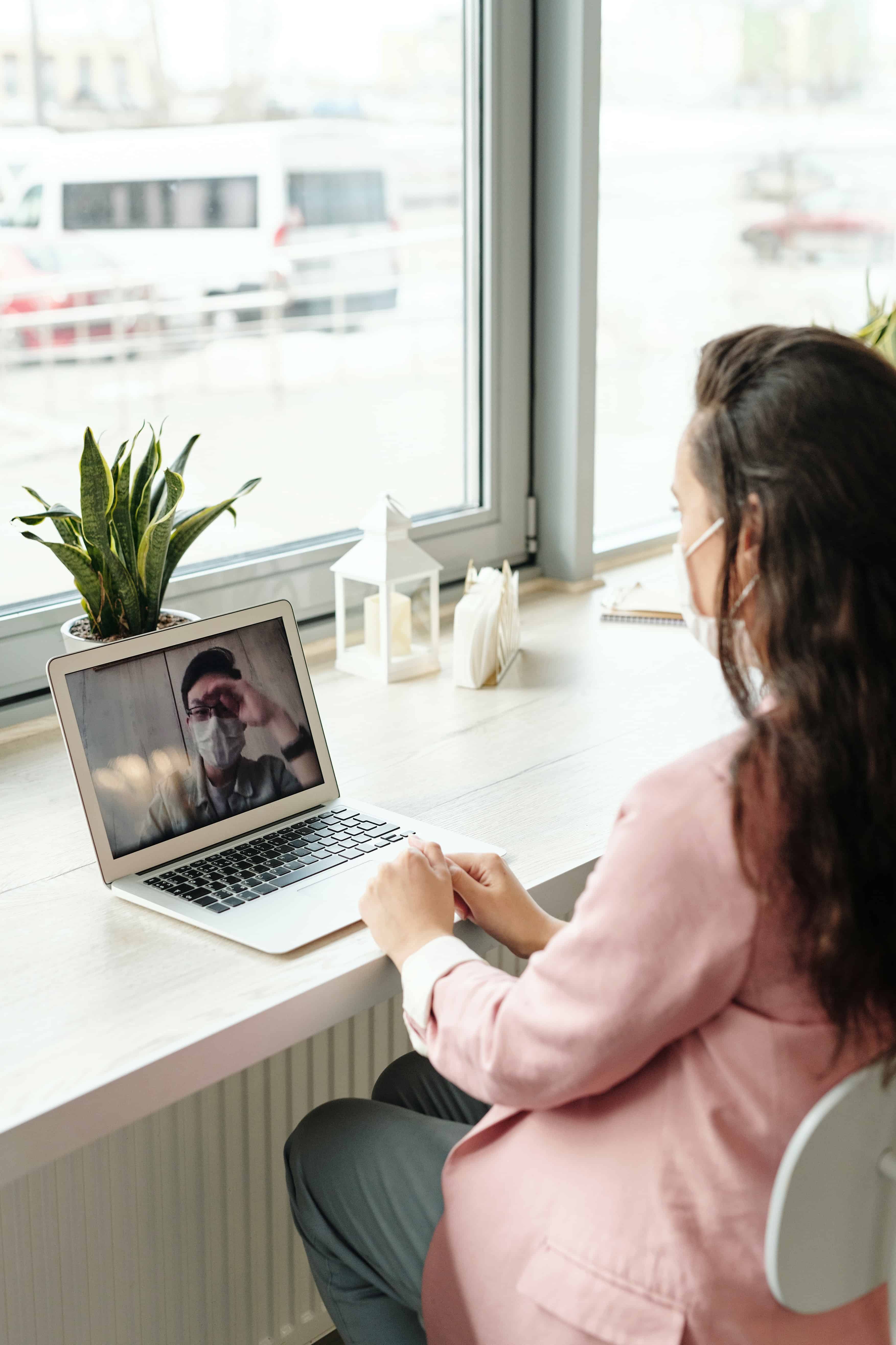 There is a growing sense that we are just starting to come out of hibernation. Of course this then leads to a bigger question around how companies will start to return their team back to the workplace in an effort to keep business running while at the same time keep everyone safe.
There is a growing sense that we are just starting to come out of hibernation. Of course this then leads to a bigger question around how companies will start to return their team back to the workplace in an effort to keep business running while at the same time keep everyone safe.
It’s likely that more and more, businesses will be required to work out how to best manage a split workforce and essentially two different modes of working:
- those working from home, and,
- those working from the office.
The potential legal ramifications for all businesses, big and small, in navigating this ‘new world’ need to be considered and shouldn’t be underestimated.
Whether teams are working from home or on-site, employers are still legally obligated to ensure, so far as is reasonably practicable, the health and safety of their workers. And under Workplace Health and Safety (WHS) law ‘all employers or businesses are required to manage the risk of COVID-19 to workers and others in the work environment.’
Here we provide an overview of the key considerations to keep your people safe and well as well as to mitigate the potential for legal claims.
1. Safe working environment
Returning to the workplace –
Businesses should give consideration to the following:
- whether the business can continue to operate successfully with a large contingent working from home
- in adhering to the social distancing guidelines, how many people can there be in the physical office/floor space?
- Current guidelines require social distancing of at least 1.5metres (1 person per 4sqm indoors)
- increasing the workplace cleaning regime, in particular for high traffic areas and to provide personal hygiene amenities, for example hand sanitiser and hand cleaning products
- should start and finish times be staggered so that people can avoid public transport in peak hours
- Perhaps a key driver to take might be to survey your employees to understand their preferences around returning to the office full time, returning only on certain days, OR, perhaps continuing to work from home full time.
- determine a work roster or schedule which meets the needs of both the business and any individual circumstances
- if employees are reluctant to return, consult with them to try to understand their reasons. It may be due to care responsibilities, their concerns about increased risk for themselves and/or a member of their household or family.
- Remind everyone of the ‘core’ Covid-19 responsibilities:
- All-staff meetings and communal lunches are on hold until further notice
- The responsibility to observe social distancing
- To stay home if unwell, even if seemingly exhibiting mild symptoms
- To keep the business informed if they are unwell, or of any confirmed or suspected exposure to Covid-19, and likewise the business will do the same.
Working from home – while employers have far less control over remote working environments, there are some things you can do to help ensure their health and safety:
- provide guidance and support around the home workstation set-up, such as good ergonomic practices, as well as the potential risks or hazards that may be present in the physical home environment
- employers should provide employees with a home ergonomic and self-assessment checklist
- remind employees of the importance of taking regular breaks
Visit Safework NSW for more information on what Employers need to consider in relation to employees working from home.
2. Mental Health
It’s well known that the Covid-19 situation has placed an increased pressure on individual’s mental health and wellbeing and so it’s not unsurprising that many in the industry are expecting to see an increase in mental health claims. There’s potential for claims to stem from remote working as well as anxiety around returning to work.
- remind all employees of the importance of staying connected to others
- ensure managers are having regular 1:1’s or team meetings not only for the progression of work and projects, but as a way to connect and check-in with each other
- remind employees of the benefits of being committed to ‘self-care’. For example regular exercise, eating healthy, maintaining a routine and taking regular breaks.
- encourage people to ask for support from their manager or colleagues whenever needed.
- if you have an Employee Assistance Program, remind employees of how they can access this support.
- acknowledge the anxieties that people may have around returning to work.
Safe Work Australia has a number of comprehensive checklists that we would encourage all employers to follow. The checklists cover both scenarios (people working from home and in the workplace): https://www.safeworkaustralia.gov.au/collection/workplace-checklists-covid-19
Following these checklists and the guidelines outlined above will not only help to protect your people if there’s an outbreak in your workplace, but will also help to put you in good legal standing should a claim be made.
Nick Hedges
P.S. I’d love your feedback on the article
